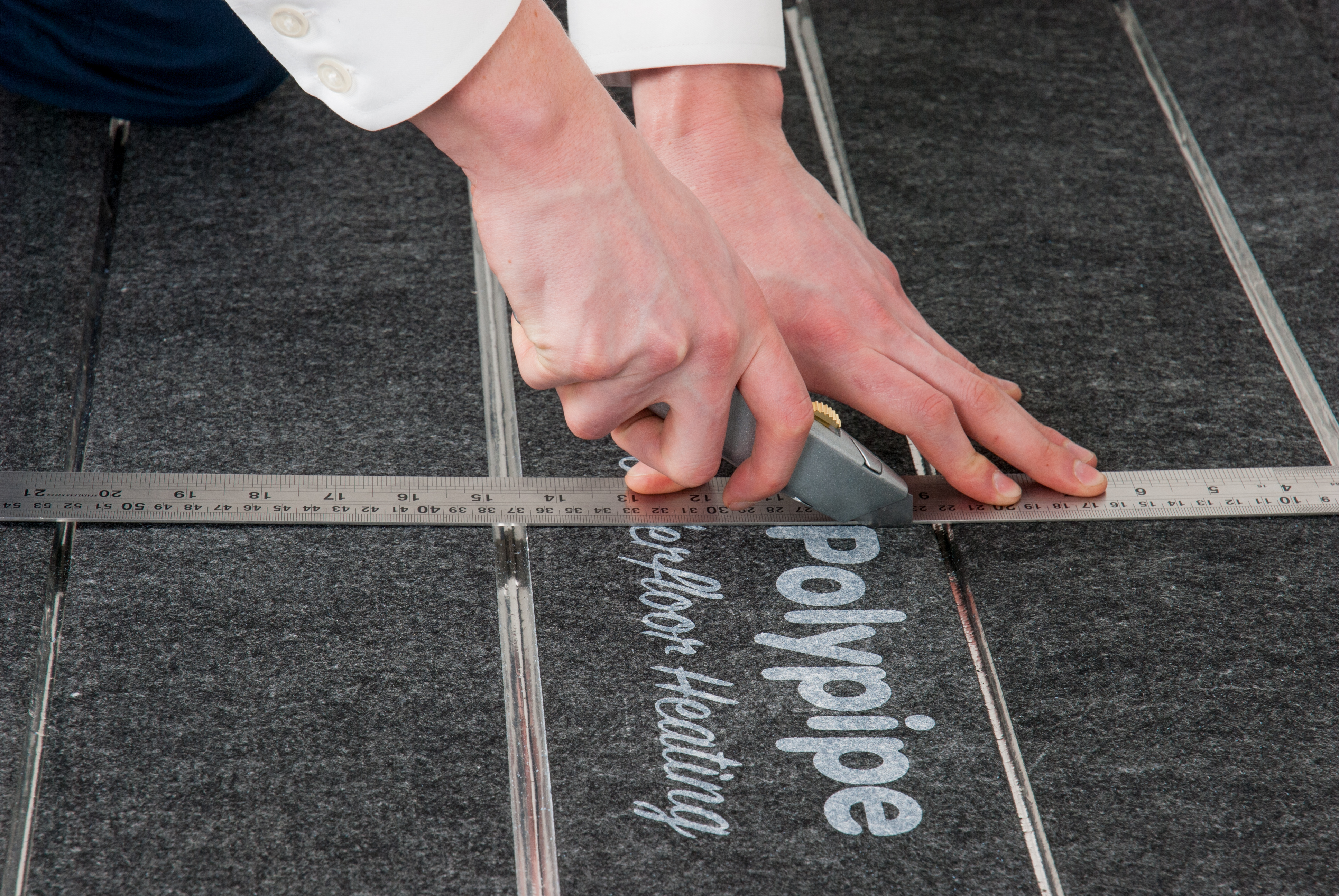Cost of living crisis makes homeowners take another look at heat pump technology
Friday 17th June 2022

In March of 2022, it was reported that heat pumps had finally reached cost parity over the course of their installed lifetime with gas boilers.
While a steep upfront cost is unavoidable at this stage in development of the technology, the cost over a lifetime is equal to that of a boiler, with heat pumps having the capability to save around £250 per year after recent gas price increases (Source: Regulatory Assistance Project).
To help mitigate installation costs, the government has also introduced a £5,000 grant for households in England and Wales for switching from their old boiler to the new heat pump technology.
The use of heat pumps has the potential to dramatically reduce the carbon burden of heating homes in the UK, and therefore the government are eager to support this change. With this government backing, the Heat Pump Association has predicted between 60,000 and 70,000 installations during the course of 2023.
How does it work?
Heat pumps source heat from the air outside of the property. The warm air is put through a refrigerant coolant and compressed to increase the temperature further. Once the temperature is high enough, the air is pushed out into the property.
What are the benefits of installing a heat pump?
1. Efficiency
While a boiler provides a surge of heat at certain times during the day, or when switched on, a heat pump is gradually heating the air over time. A boiler has 100% efficiency, whereas a heat pump has between 300 and 400% efficiency. This is due to the heat pump relying on electricity rather than gas.
2. Effectiveness
Unlike the boiler, a heat pump is effective and useful all year round. This is because the technology is reversible throughout the warmer months of the year, providing cool air to the property when necessary.
3. Versatility
While heat pumps are particularly popular with property developers working on multi floor properties or land with five to ten properties, they are also highly effective when installed on single households. While there may be some slight differences or additional steps to take, such as reinforcing insulation or installing a larger pump, the home will still be heated effectively.
Heat Networks
Heat pumps are ideal for pairing with underfloor heating systems to warm a property and provide a comfortable and consistent source of heating, but across a wider development or scheme, using heat pumps within heat networks has the potential to offer even larger CO2 savings.
Ambitious net-zero targets set by government, paired with the rising cost of fuel in the UK, do point towards government predictions that heat pumps will soon become the primary heating technology for new build homes.
We are reaching a tipping point where heat pumps offer a calculation on economic risk versus reward, but that low or medium heat networks based entirely on heat pumps will offer the greatest CO2 savings potential.
Installers will recognise Polypipe Building Products as a specialist in plastic plumbing and underfloor heating, but they may not know that Polypipe also offers a diverse product range including pipes, fittings, and accessories, that are specifically designed for use within heat networks. Pipes come in a variety of sizes, are hyper flexible, and colour coded for ease of use by installers.
Polypipe Building Products can provide both single and double sanitary pipes for the transportation of hot and cold water, and even a quadruple pipe which combines both sanitary and heating.
Our experts can advise installers on which products are best suited to the property and development scheme and the needs of the owner/developer, as well as assist throughout the design process. We strongly believe that the key to success for new builds, is the consideration of the heat source and underfloor heating, in both the design and installation stages.


